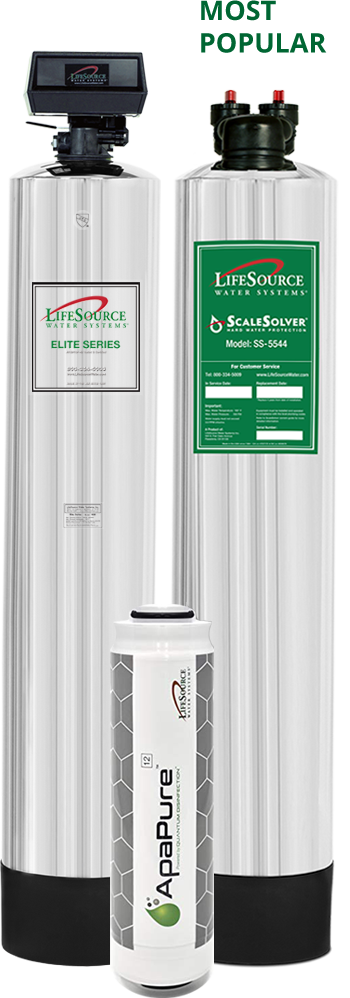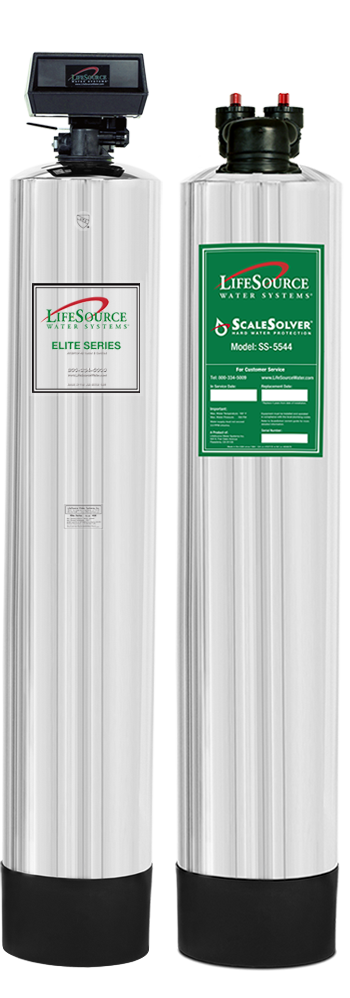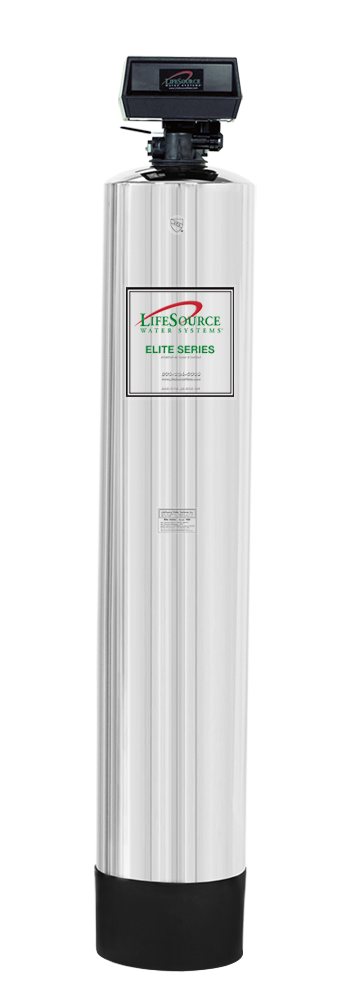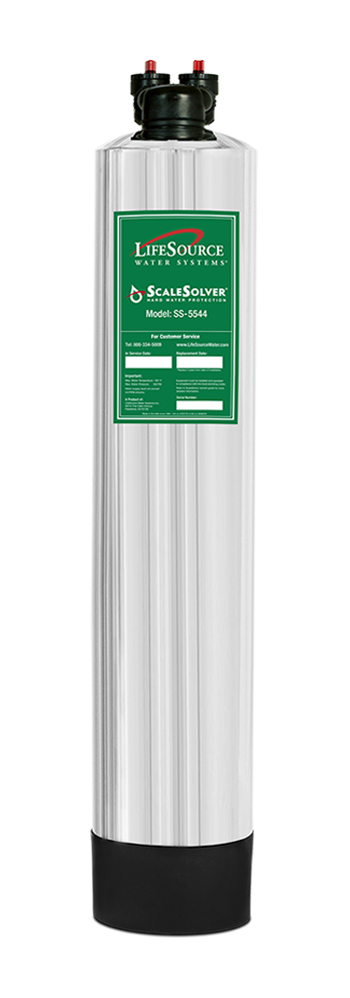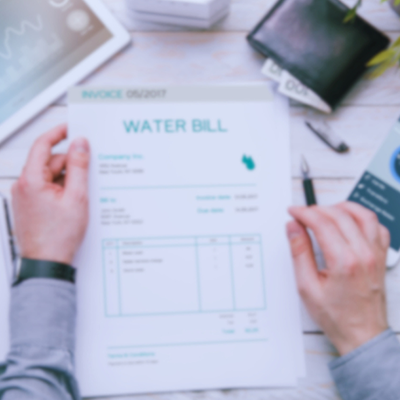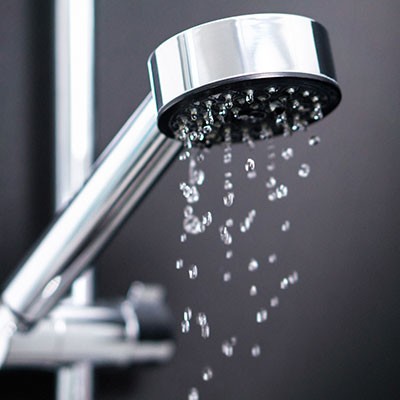
Uncover Hidden Leaks & Save on Your Water Bill
Water-Saving Hacks 101
Ask yourself these questions:
Indoor Water Use
- Do you have any dripping faucets?
- Is your toilet leaking?
- Is your water meter moving?
- Is there a leaking irrigation valve?
- Does your toilet water keep running?
Outdoor Water Use
- Do you have a sprinkler system on a timer? Is the timer working?
- Do you have a hot tub or pool? If so, when was the last time you adjusted the float arm?
- Has your fire sprinkler system recently undergone maintenance?
- Notice any wet spots on your lawn, walls or ceilings?
Water Systems
- Do you have a water softener? Is it operating properly?
- Do you have an under-the-sink filter system? Is it operating properly?
- Have you repaired any water heaters, leaking faucets, etc., recently?
- If you have a hot water unit, is it operating properly?
If any of these questions apply, you may have identified the source of your high water usage. If you’re still in doubt, continue reading for more tips on recognizing why your water bill is skyrocketing.
Turn off the water inside and outside your home. Monitor the test hand of your water meter. If the hand moves, water is pushing through the meter, signaling a leak.

- Identifying wet spots that could signal a leak in the pipe between the meter and the home/sprinkler system.
- Dropping a dye tablet in the toilet tank without flushing. If the water changes color, the toilet is leaking.
- Listening for running water coming from your toilet. If you hear this sound, your toilet has a leak.
Though you may think that a toilet making weird sounds is a simple nuisance, it could be wasting you lots of money. About 30% of your household water usage comes from toilet flushing.
For an easy at-home test to check for leaks, squeeze a drop of food coloring into the toilet tank. We recommend using a dark color like blue or red. If color appears within 15 minutes (without flushing), you have a leaking toilet. To locate the leak, watch this video: How To Find My Toilet Leak.
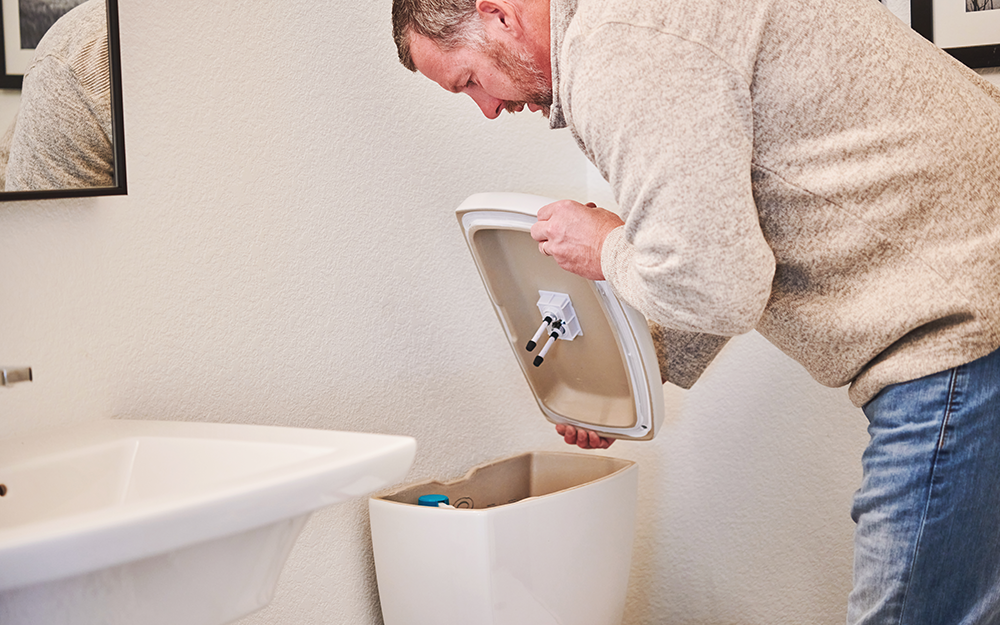
Step 1: Shut off all sinks, showers, dishwashers, and laundry machines.
Step 2: Find your water meter.
Step 3: If the flow indicator (typically triangular or star-shaped) is turning, you have a leak.
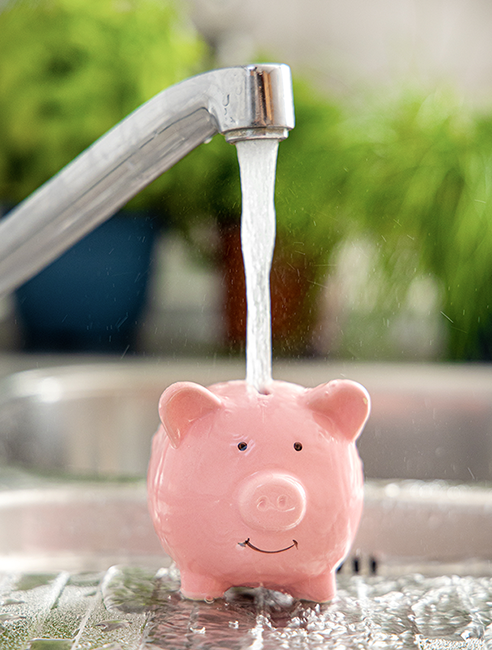
After establishing the leak, you’ll need to locate it. You’ll want to start with the toilet since it’s the most common source of indoor leaks.
Toilet Leaks: Running water and wet spots around the toilet base are common signs of a leak. You can also conduct the dye test: drop a dye tablet in your toilet tank. Wait 15 minutes. If colored water appears, your toilet is leaking.
Faucet Drips: Check all your faucets: sinks, showers, bathtubs. Tighten the handles, then watch for dripping water.
Pipe Leaks:
Musty Smell – In this case, the mold or mildew may be inside walls, vents, or under the floorboard, breeding the ideal environment for mold to form.
Stained, Damaged, or Sagging – Check for warping, bubbling, sagging or staining on walls, ceilings and flooring. Even the smallest stain can lead to significant damage if the leak isn’t fixed.
If your home lacks proper ventilation or is naturally high in humidity, the abovementioned issues may not indicate a leaking pipe.
Mold or mildew – Check walls, baseboards, ceilings and floors.
Wall or Ceiling Discoloration: Yellow or brown stains spreading across the ceiling could be an indication of leaking pipes.
Humid Rooms: Humid rooms can indicate leaky pipes.
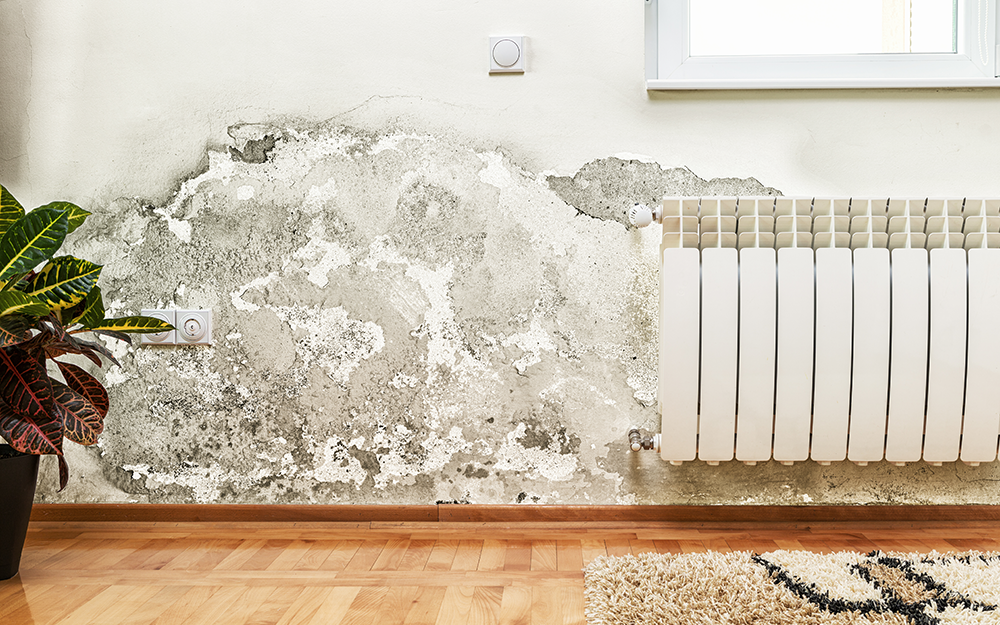
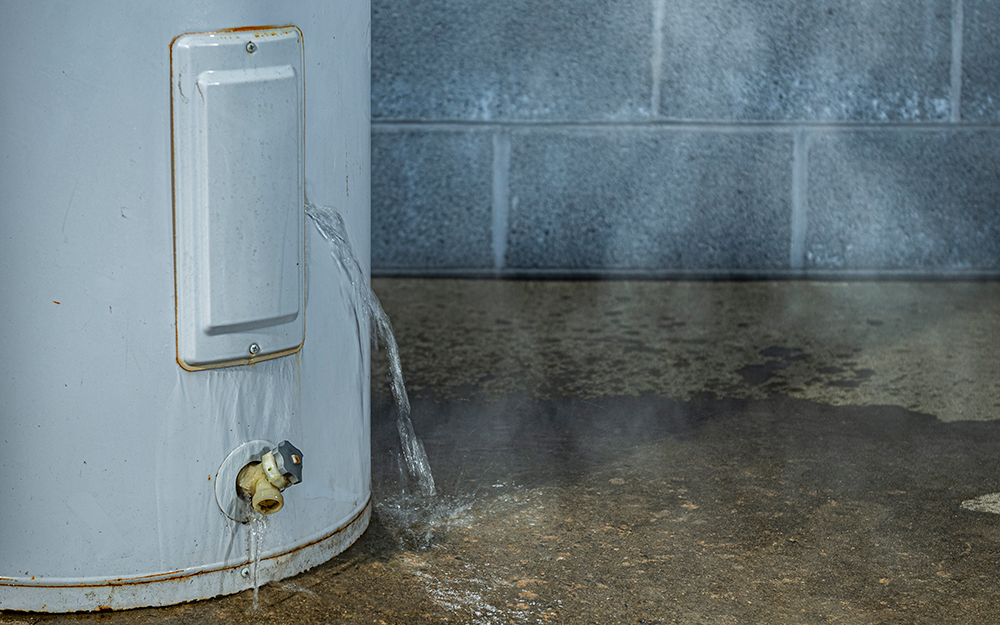
Water Heaters:
- Check the top of the heater, including the tubes, pipes and other entry points.
- Check the pressure relief valve.
- Check the bottom of the heater, including the drain valve.
Alternatively, other appliances that may have leaks include water softeners and water filtration systems. In this event, you may want to call a professional to seek out the issue.
Remember, even a tiny leak can cost you $$$. The Environmental Protection Agency (EPA) estimates that pipe leaks cost about 10,000 extra gallons of water per person each year.
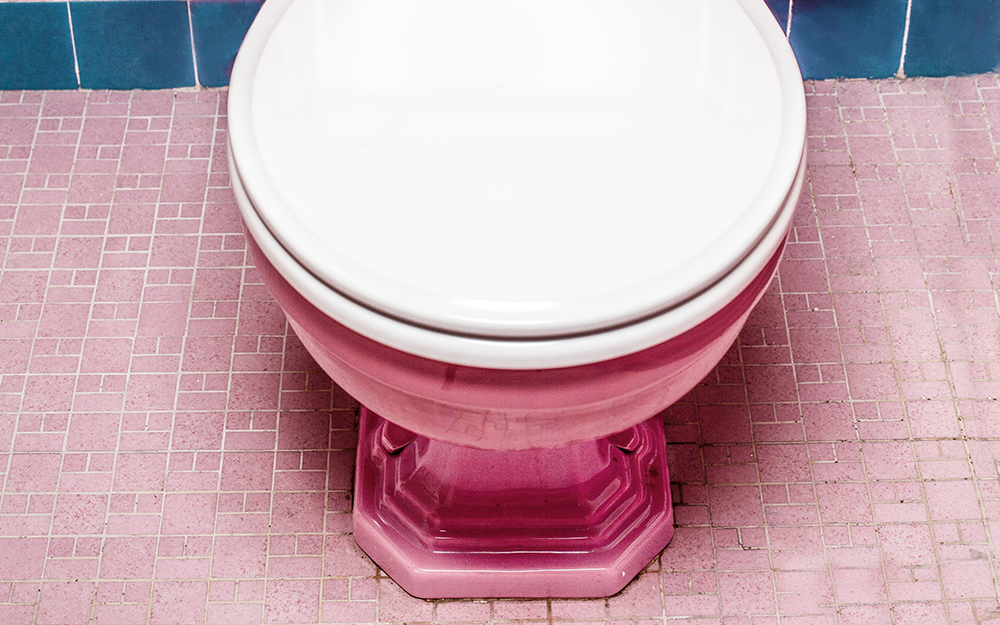
Update Efficiency - Replacing older (3½- to 8-gallon-per-flush) toilets with newer (1.28-gallon-per-flush or less), high-efficiency models could save thousands of gallons per year.
Fix Slow Drips - Even a slow drip from a leaking faucet can waste up to 200 gallons of water a month.
Affordable Tests - Dye tablets made to detect toilet leaks cost less than a dollar each.
Step 1: Shut off your house valve, which will stop water from running from the front of your home to the back. You can likely find your house valve under the front yard faucet attached to your garden hose. If not, check inside your house or your garage. Still stumped? Find Your Home's Main Water Shut-Off Valve.
Step 2: Locate your house water meter.
Step 3: If the flow indicator (typically triangular or star-shaped) is turning, you have a leak.
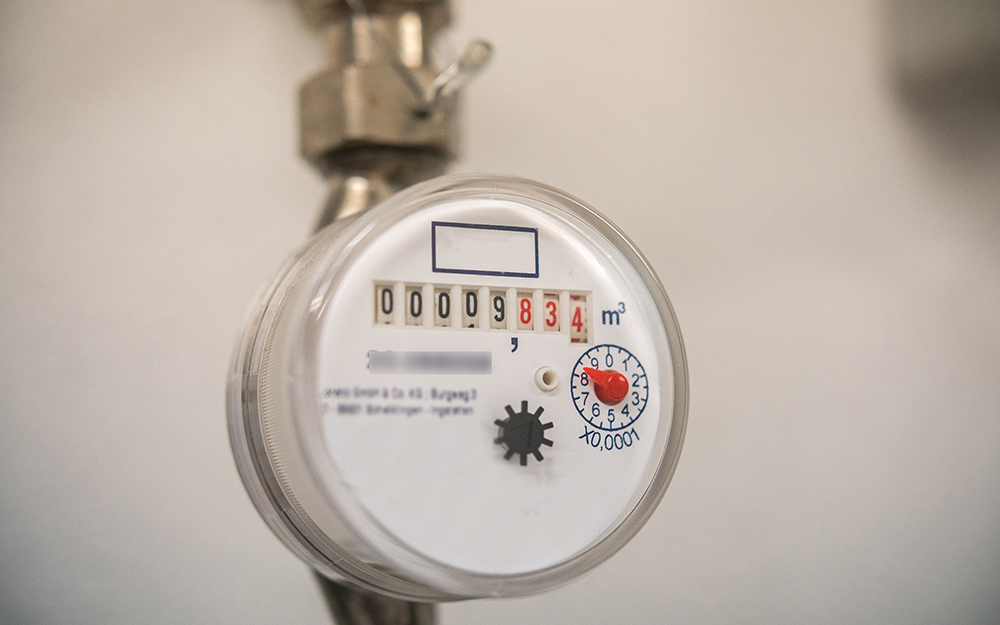
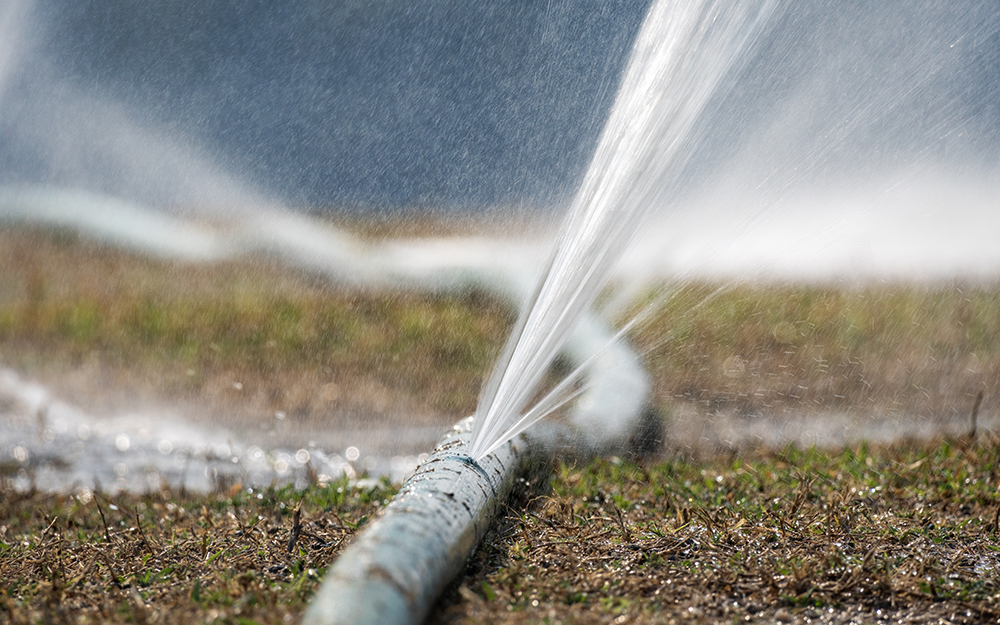
After establishing the leak, you’ll need to locate its origin. Here's a basic guide:
Yard Leaks: Abnormally green patches of grass can indicate a leaky pipe.
Broken Sprinklers: At least once a month, check for broken sprinkler heads—which can save you up to 20 gallons every time you water.
Pool Leaks: Is it evaporation or is your pool leaking? Here’s how to tell the difference: Pool Leak Guide.
Sprinkler Systems - Can waste water if timers are not calibrated for rain, sprinkler heads are broken, or hidden leaks remain undetected.
A Pinhole-Sized Leak - Can waste about 1,000 gallons of water daily.
Beware of Burst Pipes - Each winter, around 250,000 families encounter burst or cracked pipes, leading to severe house damage.
High water bill, no detectable leak? You may want to contact your local plumber.
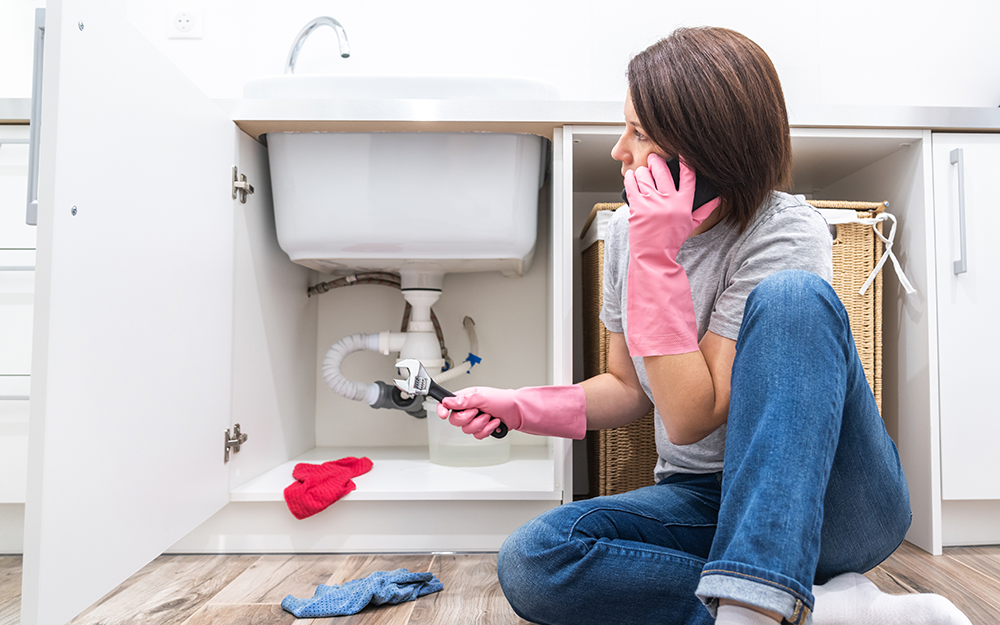
In the meantime, this may be a good time to review your overall home water use. One simple exchange for becoming more water-wise is trading in your water softener or reverse osmosis system for an eco-friendly LifeSource Whole House Water System. A LifeSource System extends the life of your appliances and uses no salt, no chemicals, or additives to filter water from every tap, faucet, and shower.
Water softeners may incur higher water bills because of their regeneration cycles. The softener sends salty water from the brine tank into the resin tank to flush out the hard minerals. In fact, many cities ban salt-based water softeners because the sodium-filled water, when not treated, is unusable. The salty wastewater also pollutes our water supply, marine life, and agriculture.
For every gallon of filtered water, RO (reverse osmosis) wastes 5 gallons or more of reject water. RO systems filter water from ONE faucet only; the filtered water doesn’t go to showers or other faucets in the home.
- Extend the life of water-based appliances
- Filter water from every tap, faucet, and shower
- Filter out 99% of bacteria, viruses and spores
- Kick the chlorine and chloramines out of your water
- Reduce scale buildup on water heaters, appliances and fixtures
- Keep the healthy minerals you need
- Use no salt, chemicals, or additives
LifeSource Systems use a different process than water softeners or RO while achieving the same effects—without the excess water waste, sodium/potassium chloride, or needing an extra filtration unit. Pus, a LifeSource System is 100% Maintenance Free: no filters to change, no salt, no servicing.
Learn more about LifeSource Whole House Water Systems by calling (800)334-5009 or by visiting our website: Click Here.

